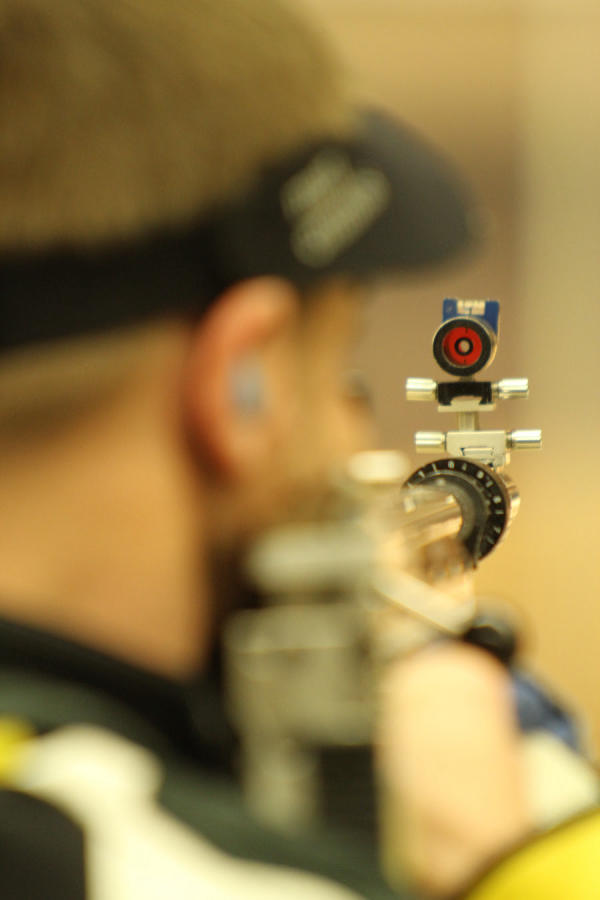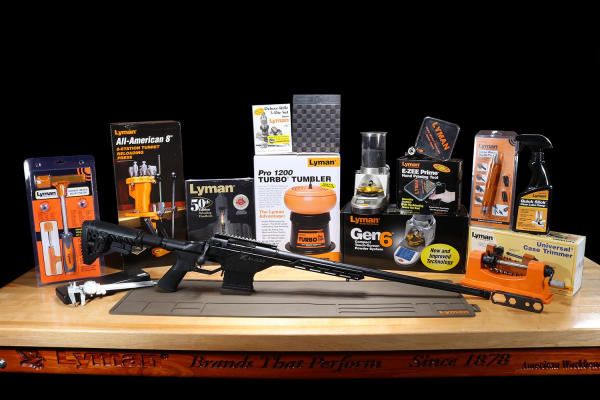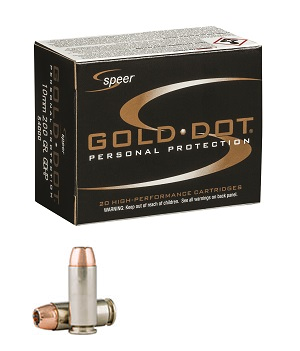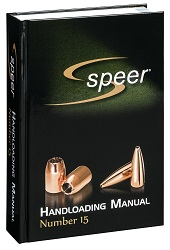Federal Premium Releases New and Improved Federal Speed-Shok Waterfowl Ammunition

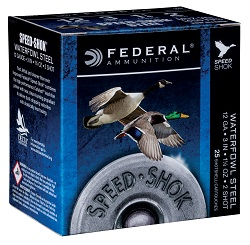
ANOKA, Minnesota – – Federal Premium Ammunition is pleased to announce the company has redesigned its complete line of Federal Speed-Shok waterfowl loads. The new-and-improved lineup includes more than 10 new loads in several shot sizes. Shipments of this new ammunition have been delivered to dealers.
Speed kills ducks and geese. Now it kills even cleaner with redesigned Federal Speed-Shok. Its Catalyst™ primer and faster burning powders dramatically reduce residue, while its optimized velocities knock birds out of the sky. Now available in sub-gauge loads and high-velocity 12-gauge offerings.
Features & Benefits
-
- New and improved loads
- Faster-burning, cleaner propellant leaves drastically less residue in the barrel and action
- Catalyst high-performance primer provides the most complete, consistent ignition possible
- Optimized velocities
- New sub-gauge and high-velocity 12-gauge loads

